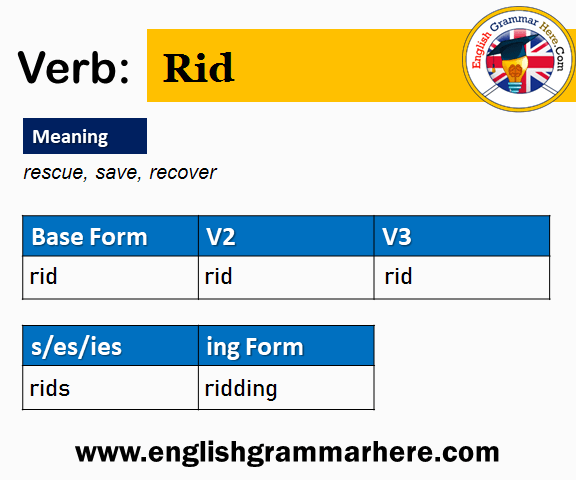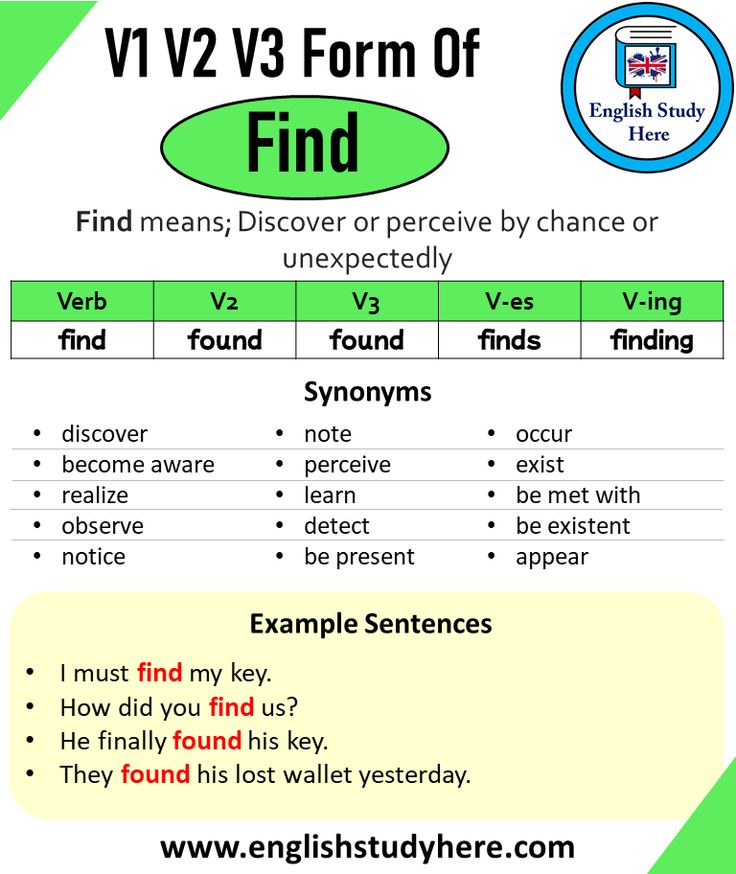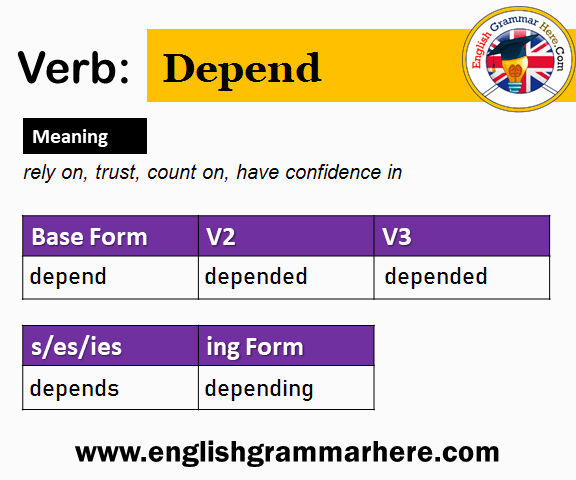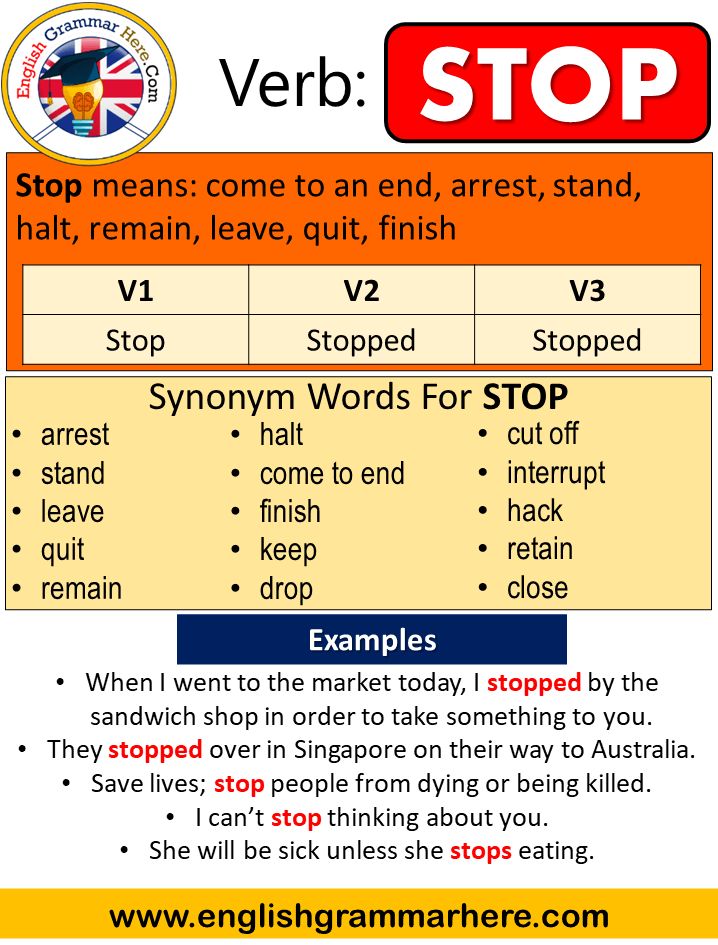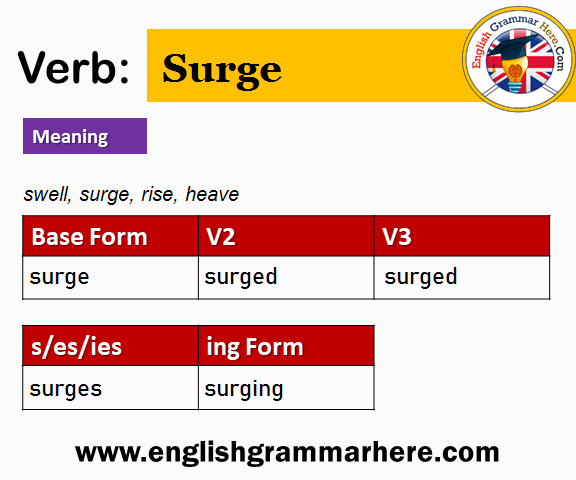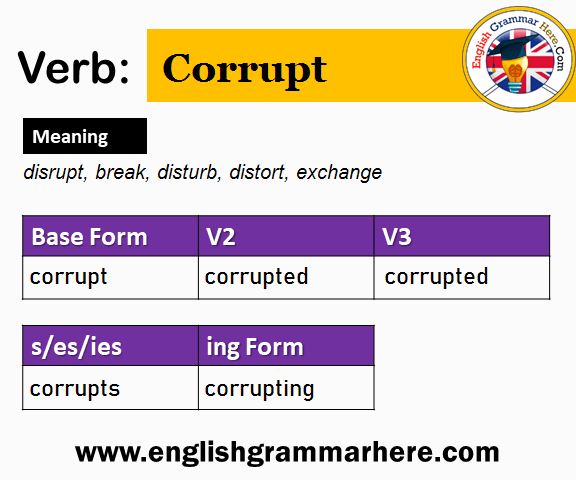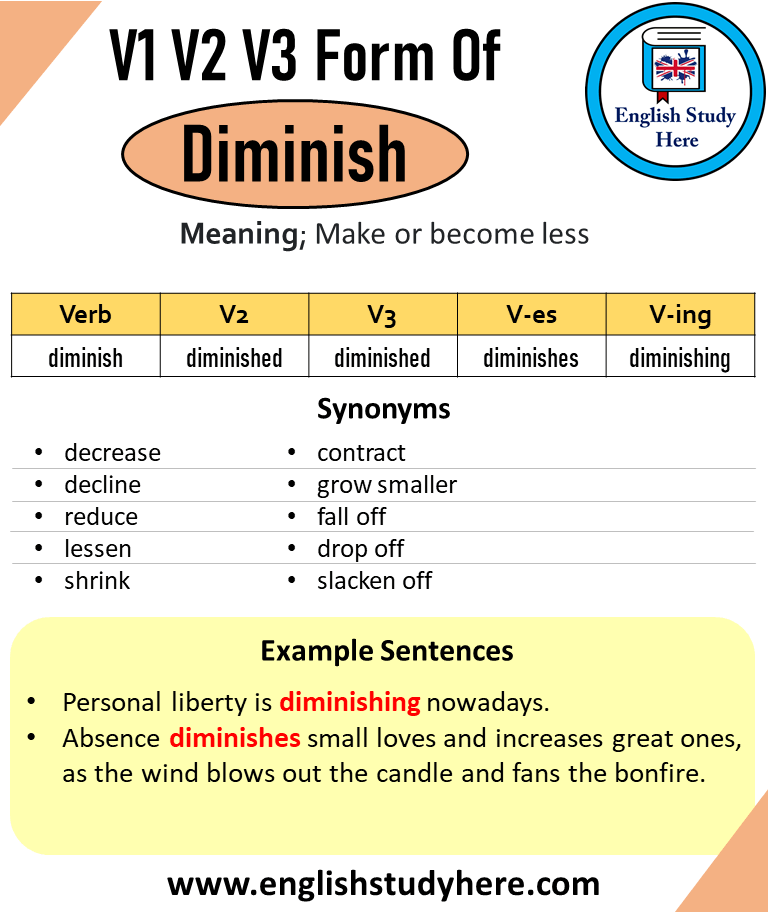Rid Past And Past Participle Form – V1 V2 V3 V4 V5 Form of Rid
Unlocking the secrets of English grammar can sometimes feel like solving a complex puzzle. You’ve probably stumbled upon words that seem straightforward, yet when it comes to their various forms, they leave you scratching your head.
One such word is “rid. ” Understanding its past and past participle forms—V1, V2, V3, V4, and V5—can be essential for crafting flawless sentences. But don’t worry, you’re not alone in this linguistic adventure. By delving into the forms of “rid,” you’ll gain a clearer grasp on how to use this verb effectively in your writing and speech.
Prepare to discover tips and insights that will empower you to master this often-overlooked aspect of English grammar, ensuring your communication is not only correct but also compelling. Ready to enhance your linguistic prowess? Let’s dive in!
Rid (Meaning / Definition)
The verb rid means to make someone or something free of an unwanted person or thing; to clear away or eliminate.
Example:
“We need to rid the garden of these invasive weeds.”
Forms of the Verb “Rid”
The verb rid is an irregular verb and is one of the few English verbs that retains the same form for the V1 (Base Form), V2 (Simple Past), and V3 (Past Participle).
| Form | Name | Form | Example Sentence |
|---|---|---|---|
| V1 | Base Form / Present Simple | rid | The council must rid the town of litter. |
| V2 | Simple Past | rid | We successfully rid the house of pests last week. |
| V3 | Past Participle | rid | They have rid themselves of that old furniture. |
| V4 | Present Participle / Gerund | ridding | The process of ridding the lake of pollution is slow. |
| V5 | Third Person Singular Present | rids | The new vacuum cleaner rids the floor of dust easily. |
Common Usage Note
The verb rid is almost always used in the phrase “rid of” (e.g., get rid of, be rid of, to rid the place of). It rarely appears alone.
The most common and informal structure is “get rid of”, which means to dispose of or eliminate something.
Understanding ‘rid’ In English Grammar
The verb ‘rid’means to remove something unwanted. It is often used to talk about getting rid of things. The base form is V1: rid. The past simple form is V2: rid. The past participle form is V3: rid. These forms are the same. It’s easy to remember. The V4or present participle form is ridding. The V5form is rids. These forms help us talk about different times. Ridhelps in cleaning and organizing. Use it to make life simpler.
| Form | Example |
|---|---|
| V1 | rid |
| V2 | rid |
| V3 | rid |
| V4 | ridding |
| V5 | rids |
Conjugation Patterns For ‘rid’
Base Form: rid
Past Form: rid
Past Participle: rid
Present Participle: ridding
Third Person Singular: rids
“I want to rid my room of old clothes.”
“Yesterday, she rid herself of worries.”
“They have rid the garden of weeds.”
Practical Usage Of ‘rid’ Forms
| Form | Example |
|---|---|
| V1 – Base | I rid the table of clutter. |
| V2 – Past | He rid his room yesterday. |
| V3 – Past Participle | She has rid herself of fear. |
| V4 – Present Participle | They are ridding the garden of weeds. |
| V5 – Simple Present | He rids the house of pests every week. |
Use these forms to make sentences clear. Practice helps in learning.

Credit: www.pinterest.com

Credit: englishgrammarhere.com
Conclusion
Mastering the verb “rid” enriches your English skills. Understanding its forms is key. V1, V2, V3, V4, and V5 help in proper usage. Practice makes perfect. Use these forms in daily conversations. This boosts confidence. The more you use them, the better you get.
Words become tools. Tools for clearer communication. Language learning is a journey. Enjoy each step. Keep exploring other verbs too. Broadening your vocabulary opens new doors. Stay curious. Keep learning. Your efforts will pay off. English becomes easier with practice.
You got this!
